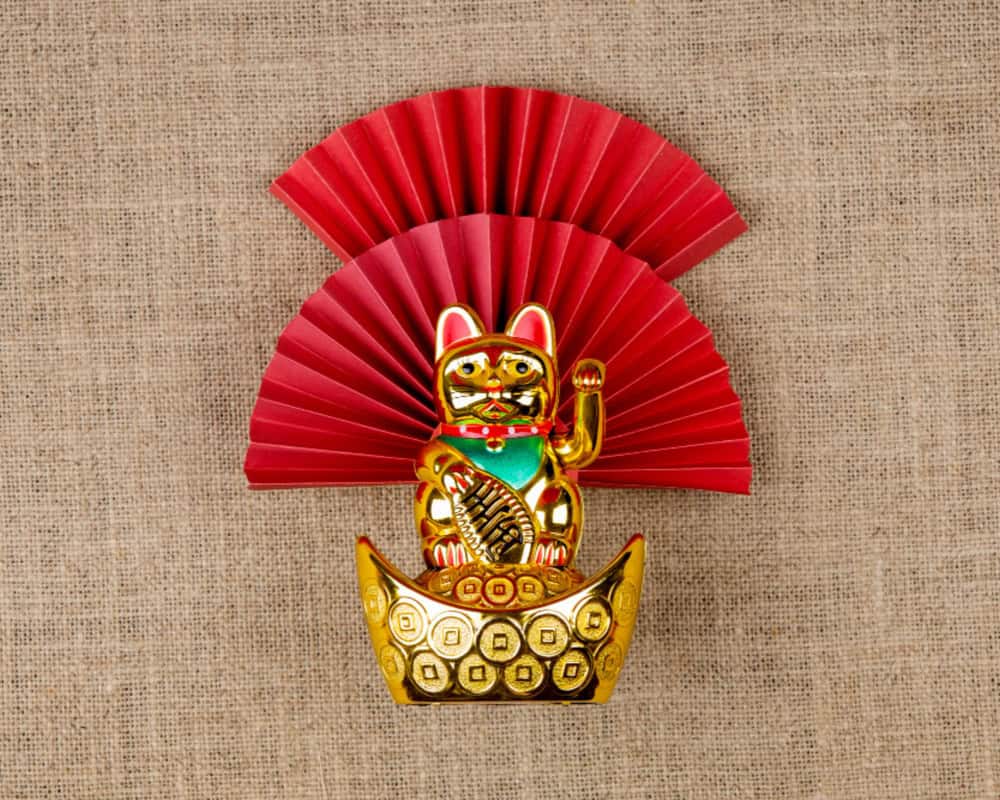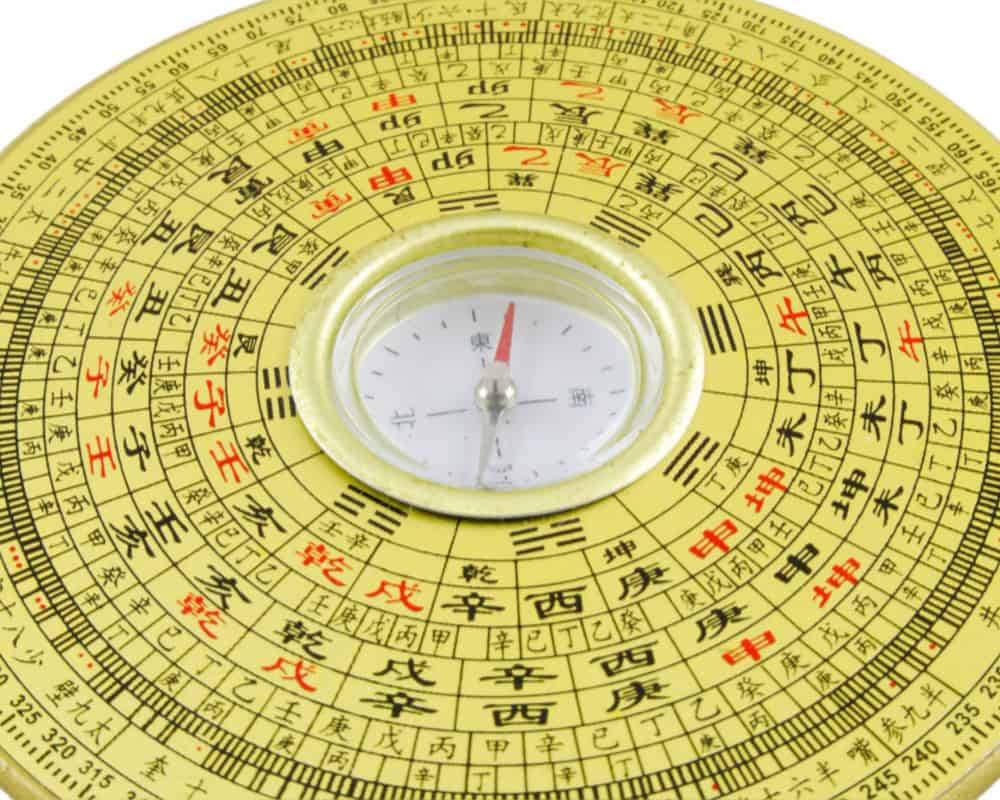Understanding the Types of Feng Shui: A Guide to Different Schools and Practices
Table of Contents
Feng Shui, an ancient Chinese practice, revolves around creating harmony and balance in our environments. By carefully considering the arrangement of space and physical objects, Feng Shui aims to enhance the flow of qi (or energy) and promote well-being. However, not all Feng Shui practices are alike. Many types of Feng Shui are rooted in unique philosophies and methodologies. This article will explore the various schools of Feng Shui, their differences and similarities, and how they can work together to create inviting, peaceful spaces.
The Different Schools of Feng Shui
Traditional Feng Shui The foundation of Feng Shui lies in traditional practices that originated in ancient China. These traditional methods largely focus on the interaction between the built environment and natural elements. Practitioners often use a Feng Shui compass (also known as a luopan) to assess the orientation and energy flow of a space. One notable approach within this category is Classical Feng Shui, which incorporates a deep understanding of the five elements (wood, fire, earth, metal, and water) and their interactions.
Compass School
The Compass School of Feng Shui utilises magnetic directions and compass readings to analyse how specific sectors of space relate to various life aspirations, known as the Eight Aspirations. This technique often incorporates the use of a bagua map, which helps determine how energy flows through a space based on cardinal directions. By following the rules of Feng Shui, practitioners can enhance the positive attributes associated with different areas of life, such as wealth, health, and relationships.
Form School
Another essential aspect of traditional Feng Shui is the Form School, which focuses on the physical characteristics of a space. Practitioners analyse the layout, structures, and natural formations in the surrounding environment. The Form School emphasises the importance of the shapes and the flow of energy, recognising that the positioning of buildings and landforms can significantly impact the quality of qi.
Flying Star Feng Shui
A more complex method, Flying Star Feng Shui combines time and space elements to assess energy patterns within a property. This school operates on the principle that different stars, associated with various energies, influence a space’s vibrancy over time. By tracking how these stars move through the bagua map, practitioners can make informed decisions about when and how to activate spaces to align with specific goals or changes.
New Age Feng Shui
Emerging in contemporary times, New Age Feng Shui diverges from traditional methodologies and incorporates more modern, Western-thinking perspectives. This approach is often less structured and focuses on the symbolic aspects of space; it aims to create a sense of well-being rather than strictly adhering to traditional rules.
Black Hat Sect Feng Shui is a well-known subset of New Age beliefs. Blending Buddhism with Feng Shui concepts offers an accessible, flexible approach that appeals to many Western practitioners.
How These Schools Work Together

While each school of Feng Shui has its distinct characteristics, they are not mutually exclusive. Many practitioners combine techniques from different feng shui schools to develop a holistic approach tailored to individual needs. A trained Feng Shui practitioner can guide you in leveraging the strengths of various methods, helping you understand how to implement classical practices alongside contemporary interpretations.
Aligning Philosophy and Practice
By understanding the core principles of each type of Feng Shui, individuals can better align their spaces with their life aspirations and personal values. Combining traditional Feng Shui with methods from the New Age or Black Hat Sect allows for a comprehensive form of Feng Shui practice that respects ancient wisdom while adapting to modern requirements. Feng Shui’s flexibility is one of its most alluring aspects. It allows practitioners to follow the rules of Feng Shui while embracing their intuition and creativity. This adaptability can lead to more personal, meaningful Feng Shui experiences, reflecting one’s unique journey and aspirations.
Engaging with the Feng Shui Community
If you’re interested in exploring different schools of Feng Shui, consider reaching out to a reputable Feng Shui institute or local practitioners. Engaging with experienced Feng Shui consultants can provide insights into the various practices, ensuring you choose the right path to transform your space. Additionally, these experts can help you navigate nuanced concepts like yin and yang, the flying star methodology, or the five elements, enhancing your understanding of how these facets interplay within your environment.
Conclusion
From traditional systems to contemporary interpretations, the types of Feng Shui are as varied as the practitioners embody them. By understanding the different schools and their philosophies, individuals can harness the full potential of Feng Shui to create balanced and harmonious spaces. Whether you choose to delve into classical or New Age Feng Shui, the journey holds the promise of enriching your life and cultivating spaces that resonate with peace and well-being.





